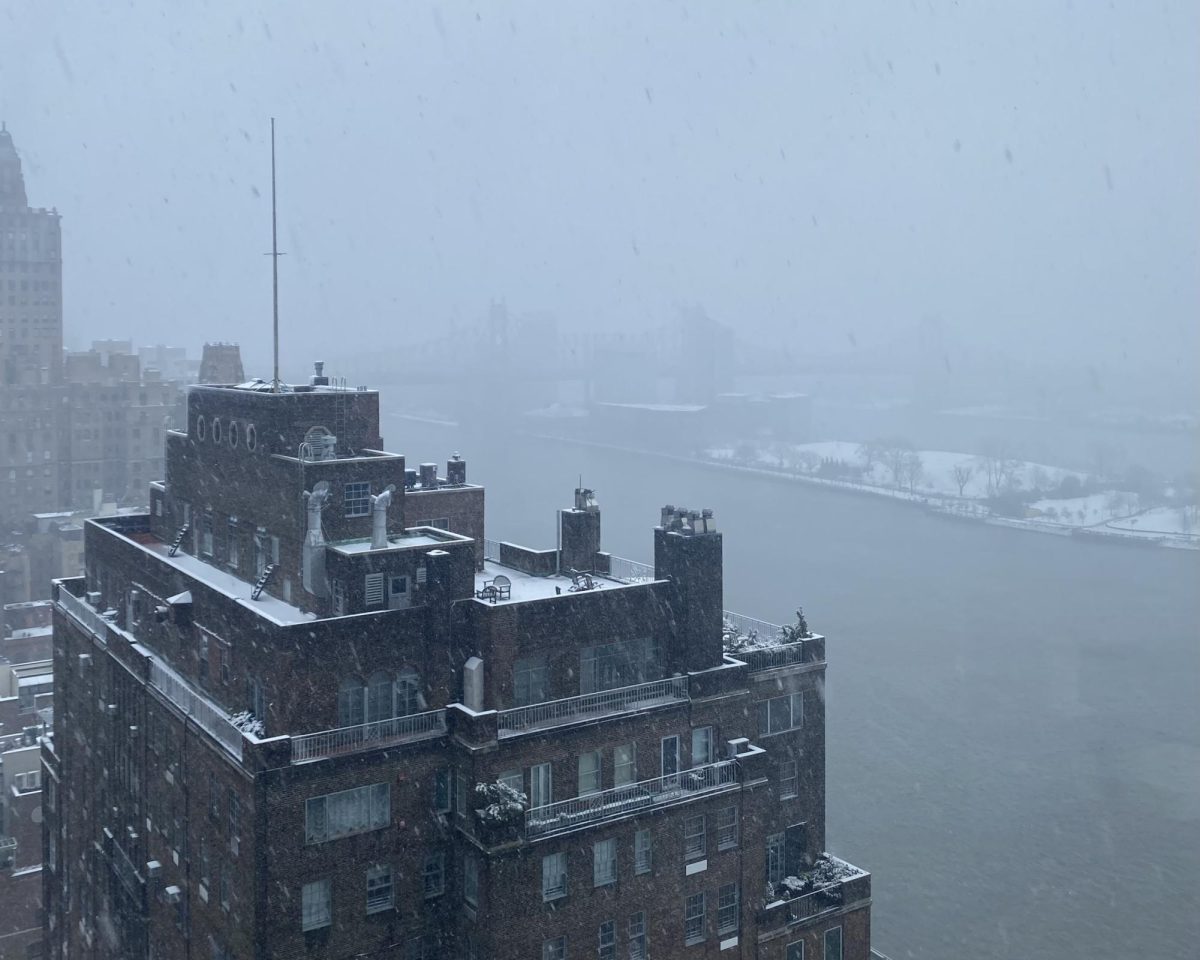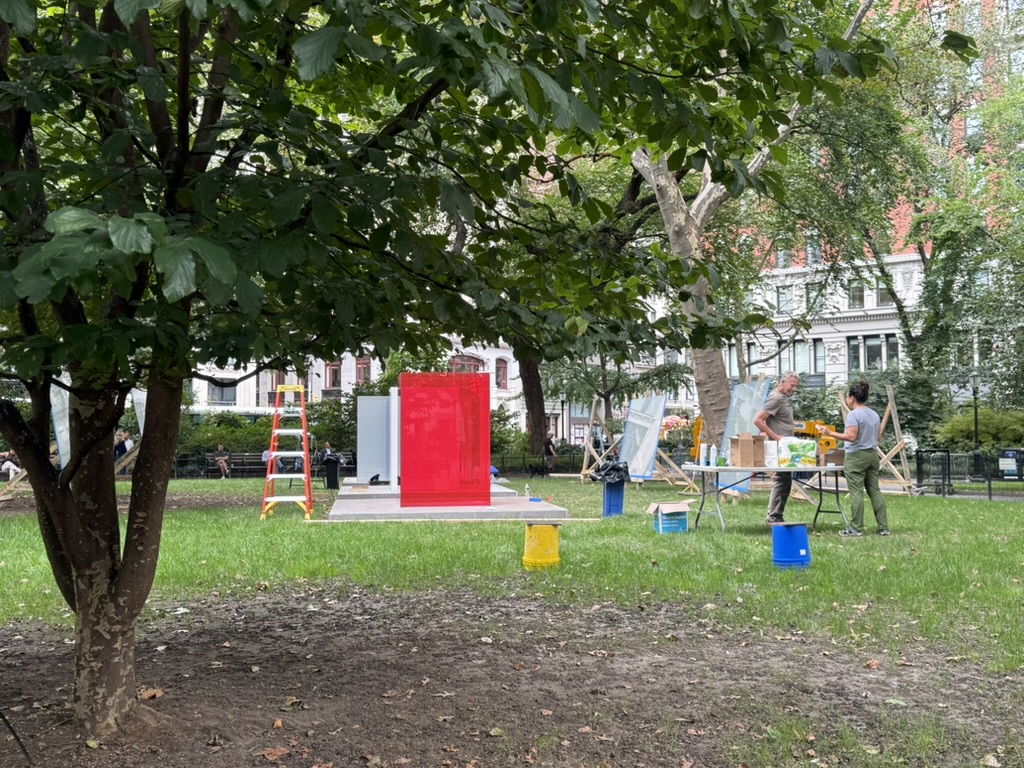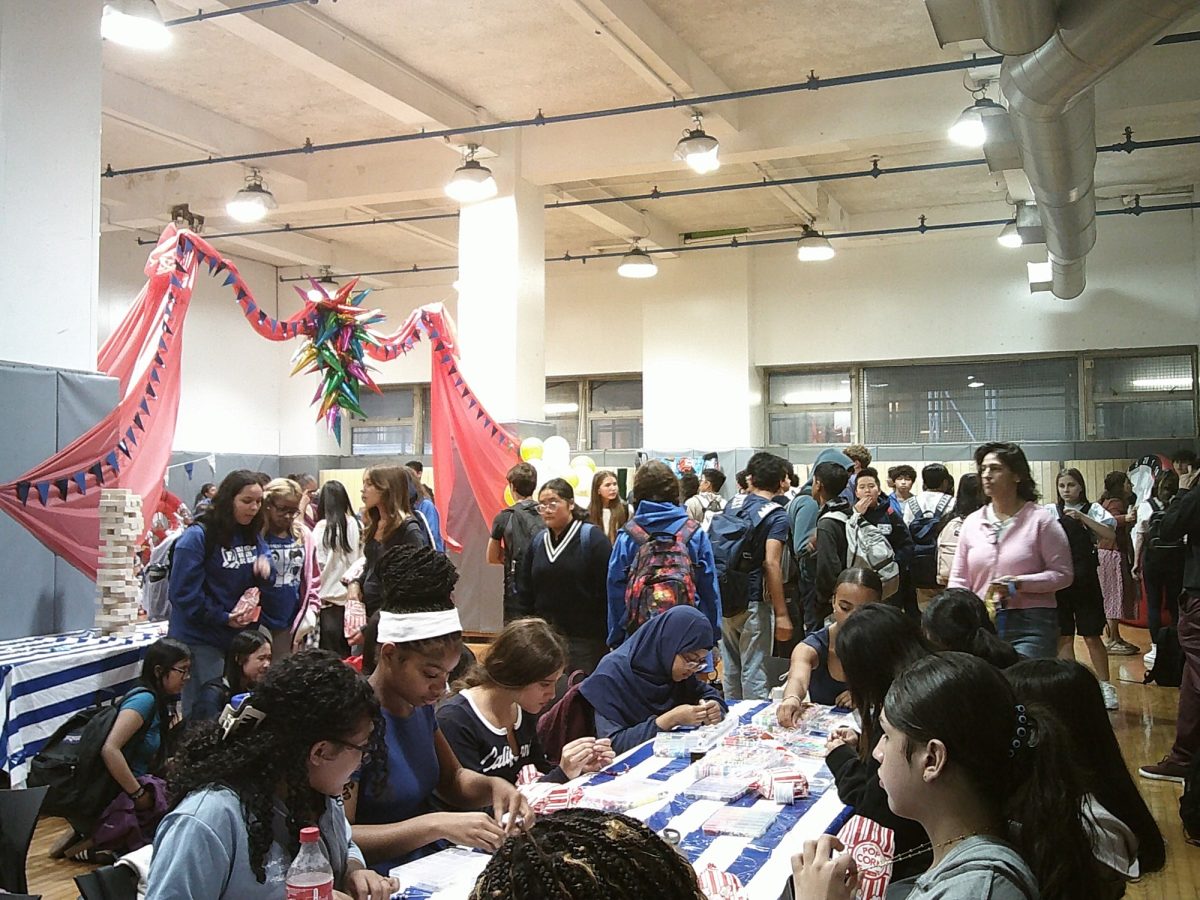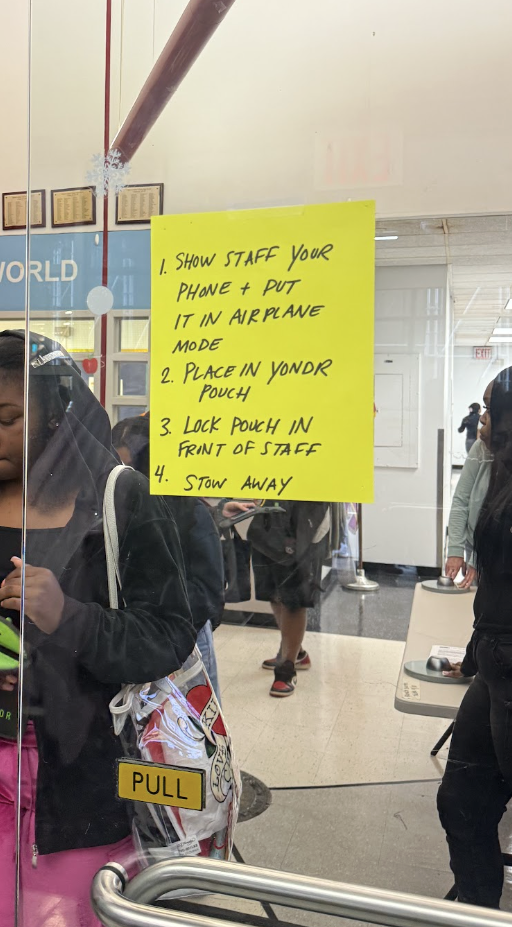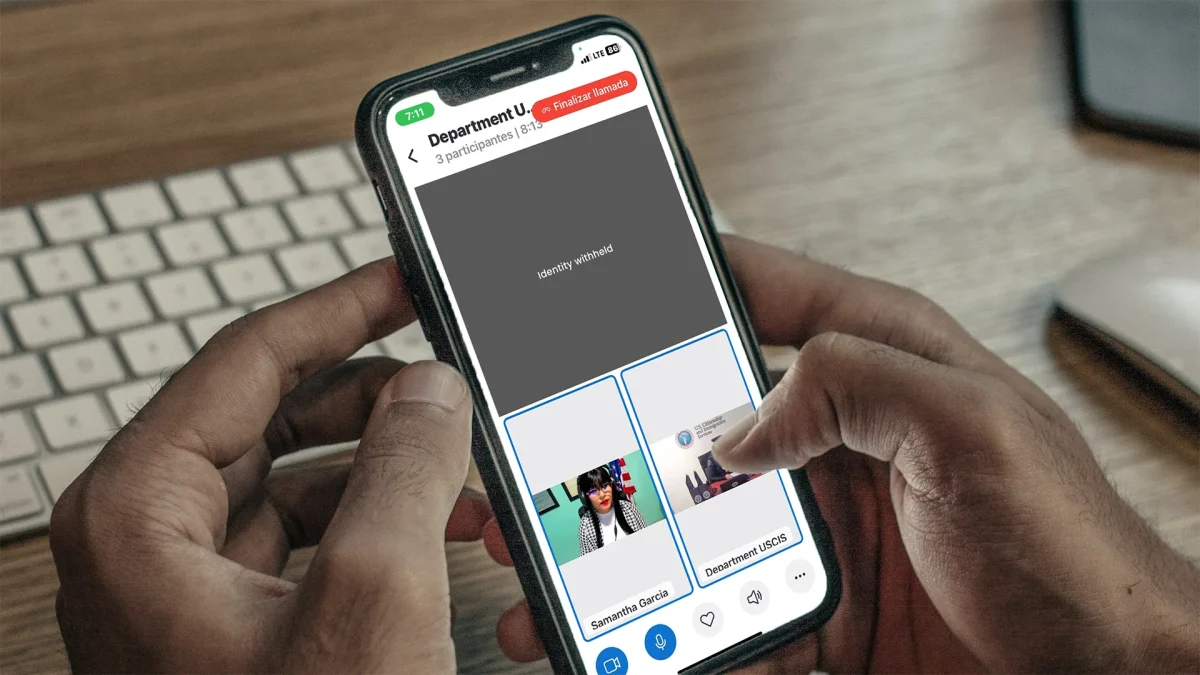With the recent snowfall blanketing New York City, a wave of nostalgia swept through many students who fondly remembered the power and joy of snow days. Those unexpected reprieves from the classroom routine in the past may have led to cherished moments filled with sledding adventures, snowball fights and cozy indoor activities.
However, since then, the Department of Education (DOE) removed the ability to have these snow days in 2020.
The DOE faces the challenge of meeting the mandatory requirement of hosting 180 days of instruction per year. With no spare time for snow days, each cancellation due to inclement weather directly impacts the academic calendar. The need to ensure continuity in education leaves little room for flexibility when it comes to weather-related disruptions.
While the decision to switch to remote learning during snowstorms may seem pragmatic from an administrative standpoint, it does carry implications beyond the logistical considerations. For many students, snow days represent a break from classes; to some it’s when their fondest memories are formed, where the world outside the classroom becomes their playground. The absence of these unplanned holidays may leave some feeling a sense of loss, as the magic of snow days becomes intertwined with their childhood memories.
History teacher John Jacobs reminisced about the magic of snow days. He was once a student at BCCHS himself.
“I remember the times I had snow days, they were great – being free from work from snow is like a surprise happy break,” he said.
Jacobs’s sentiment echoes the feelings of many other students and educators alike who cherish the unexpected joy that snow days bring. For teachers, it’s a welcome reprieve from lesson planning and grading, offering a brief respite amidst the demands of the academic calendar.
Yet, as the city evolves and adapts to new challenges, so does its approach to education. By leveraging technology to bridge the gap between physical and virtual classrooms, educators can continue to deliver quality instruction regardless of external circumstances. Whether through innovative teaching strategies, equitable access to resources or fostering a sense of resilience, a school’s goal remains the same: to ensure every student has the opportunity to learn and thrive, regardless of the weather outside.
While the snow may still fall, the DOE’s commitment to education and the well-being of students in this city remains unwavering, come rain, shine or snow.


